
非线性波数学物理学入门(英文)9787560396163
正版图书,可开发票,请放心购买。
¥ 63.2 7.2折 ¥ 88 全新
库存2件
作者(加)藤本实|责编:聂兆慈//张佳
出版社哈尔滨工业大学
ISBN9787560396163
出版时间2021-08
四部分类子部>艺术>书画
装帧平装
开本16开
定价88元
货号31309596
上书时间2024-07-28
- 店主推荐
- 最新上架
商品详情
- 品相描述:全新
- 商品描述
-
商品简介
《非线性波数学物理学入门(英文)》是一部英文版的数学物理学专著,中文书名或可译为《非线性波数学物理学入门》,《非线性波数学物理学入门(英文)》的作者为藤本实(Minoru Fujimoto),他是加拿大圭尔夫大学的退休教授,从事结构相变的磁共振实验工作,他的著作《经典电磁学物理》和《结晶态热力学》曾由斯普林格出版社出版。
非线性科学是21世纪的主流,有许多研究热点。比如从20世纪中期,孤立子的研究开始兴起,人们发现了一批非线性偏微分方程,尽管背景各异,却都具有显式孤立子解,有趣的是,这些方程都有无穷个相互对和的守恒积分,具备Liouville完全可积性的基本特征。人们竭力弄清其中的共性,发现在一个动力系统中,如果同时存在非线性效应与色散效应,而且二者达到某种平衡时,就会产生孤立子。描述它的微分方程一般都具备可积性。而《非线性波数学物理学入门(英文)》研究的是从另外的角度来研究这一类非线性物理现象的。
非线性理论一直是量子力学和粒子物理发展中的重要方向。云南大学物理系的张一方教授2013年曾撰文《非线性理论和粒子物理(I)》讨论了其中的非线性波、非线性方程、复时空、非线性算符、重整化和非线性叠加等问题,并特别探讨了由此得到的若干新结果。
作者简介
Minoru Fujimoto, a retired professor of the University of Guelph, Ontario, Canada. Engaged in experimental work on magnetic resonance on structural phase transitions, his books Physics of Classical Electromagnetism and Thermodynamics of Crystalline States were published by Springer.
目录
1 Nonlinearity in classical mechanics
1.1 A pendulum
1.1.1 Oscillation
1.1.2 Vertical rotation
1.2 Vibration by a nonlinear spring force
1.3 A jumping rope
1.4 Hyperbolic and elliptic functions
1.4.1 Definitions
1.4.2 Differentiation
1.4.3 Reverse functions cn-1 and dn-1
1.4.4 Periodicity of Jacobi's sn-function
1.5 Variation principle
1.6 Buckling deformation of a rod
Exercise
2 Wave propagation, singularities and boundaries
2.1 Elastic waves along a linear string of infinite length
2.1.1 Phase of propagation
2.1.2 Energy flow
2.1.3 Scattering by an oscillator
2.2 Microwave transmission
2.3 Schr6dinger's equation
2.4 Scattering by the potential V(x) = Vo sech2 x
2.5 Two-dimensional waves in inhomogeneous medium
2.6 Sound propagation in air
Exercises
3 Solitons and adiabatic potentials
3.t The Korteweg-deVries equation
3.2 Steady solutions of the Korteweg~teVries equation
3.3 Developing equations of nonlinear vector waves
3.4 Bargmann's theorem
3.4.1 One-soliton solution
3.4.2 Two-soliton solution
3.5 Riccati's theorem
3.6 Properties of the Eckart potential in the soliton field
3.7 Zabusky-Kruskal's computational analysis
Exercises
4 Structural phase transitions
4.1 Initial uncertainties and transition anomalies
4.1.1 Specific heat anomalies
4.1.2 Landau's theory
4.2 Dynamical theory of collective motion
4.2.1 Longitudinal waves
4.2.2 Transverse waves
4.3 Pseudopotential and sine-Gordon equation
Exercises
5 Nonlinear waves
5.1 Elemental waves
5.2 Matrix formulation for nonlinear development
5.3 Heat dissipation of wave motion
5.4 Born-Huang transitions in crystals
5.5 Symmetry of media for the Korteweg~teVries equation
5.6 Soliton description
Exercise
6 Scattering theory
6.1 One-component waves
6.1.1 Scatterings of elemental waves
6.1.2 Singularity of a soliton potential
6.2 Two-component scatterings
6.2.1 A two-component wave
6.2.2 Reflection and transmission
6.2.3 Poles of transmission and reflection coefficients
6.2.4 Soliton potentials
6.2.5 Asymptotic expansion
Exercises
7 Method of inverse scatterings
7.1 Coherent wave packets and Marchenko's equation
7.1.1 Delta and truncated step functions for coherent wave packets
7.1.2 Fourier transforms and Marchenko's equations
7.2 Reflectionless multi-soliton potentials
7.3 Two-component systems
7.3.1 Inverse scatterings
7.3.2 Matrix method
7.3.3 Modified Korteweg-deVries equation, part 1
Exercises
8 Quasi-static soliton states
8.1 Developing the Korteweg-deVries equation
8.1.1 N onstationary states
8.1.2 Thermal perturbation
8.2 Multi-soliton potentials in unsteady states
8.3 The modified Korteweg-deVries equation, part 2
8.4 Thermodynamic instability and Breezer potentials
8.5 The third-order Schrodinger equation
Exercises
9 The Baicklund transformation and sine-Gordon equations
9.1 The Klein-Gordon equation
9.2 The Backlund transformation
9.3 The sine-Gordon equation
9.4 Numerical analysis of the sine-Gordon equation
9.5 Inverse scatterings and the Backlund transformation
9.6 Scatterings by a pseudopotential
10 Miscellaneous applications
10.1 Surface waves
10.1.1 The first approximation
10.1.2 The second approximation
10.2 Vortex motion in fluid media
10.2.1 A vortex
10.2.2 Vortex motion
10.3 Plasma oscillation
10.4 Laser light transmission through absorbing media
10.4 . l Two-level atom in an intense radiation field
10.4.2 Scattering of intense radiation
t0.4.3 Sine-Gordon limit
10.5 Periodic lattices
10.5.1 Toda's lattice
10.5.2 Aperiodic transitions by pseudopotentials
编辑手记
内容摘要
本书是为高年级本科生
和研究生编写的,是一本关于非线性物理学的升级物理课程的教科书。尽管如此,非线性数学仍以双曲函数和椭圆函数为主导。本书共十
章,用非齐次微分方程来分析非线性问题获得的相关信息,主要内容包括:经典力学中的非线性特征、波传播、奇异性与边界、孤立子与绝热势、结构相变、非线性波、散射理论、逆散射法、
准静态孤子态、贝可隆变换与正弦-戈登方程等。本书还回顾了物理实践中的代表性案例,然后通过一般理论进行了应用。
精彩内容
《非线性波数学物理学入门(英文)》是一部英文版的数学物理学专著,中文书名或可译为《非线性波数学物理学入门》,《非线性波数学物理学入门(英文)》的作者为藤本实(Minoru Fujimoto),他是加拿大圭尔夫大学的退休教授,从事结构相变的磁共振实验工作,他的著作《经典电磁学物理》和《结晶态热力学》曾由斯普林格出版社出版。
非线性科学是21世纪的主流,有许多研究热点。比如从20世纪中期,孤立子的研究开始兴起,人们发现了一批非线性偏微分方程,尽管背景各异,却都具有显式孤立子解,有趣的是,这些方程都有无穷个相互对和的守恒积分,具备Liouville完全可积性的基本特征。人们竭力弄清其中的共性,发现在一个动力系统中,如果同时存在非线性效应与色散效应,而且二者达到某种平衡时,就会产生孤立子。描述它的微分方程一般都具备可积性。而《非线性波数学物理学入门(英文)》研究的是从另外的角度来研究这一类非线性物理现象的。
非线性理论一直是量子力学和粒子物理发展中的重要方向。云南大学物理系的张一方教授2013年曾撰文《非线性理论和粒子物理(I)》讨论了其中的非线性波、非线性方程、复时空、非线性算符、重整化和非线性叠加等问题,并特别探讨了由此得到的若干新结果。
— 没有更多了 —






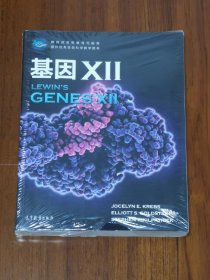
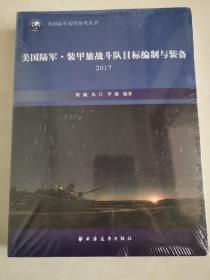
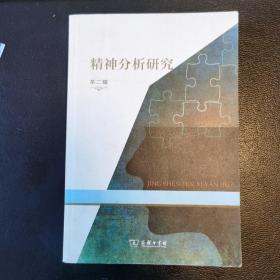
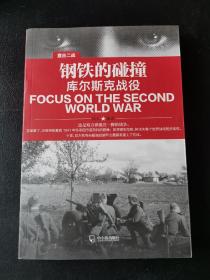



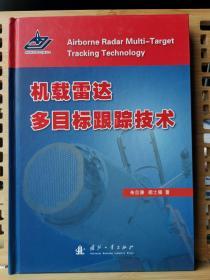
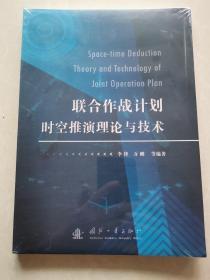










以下为对购买帮助不大的评价